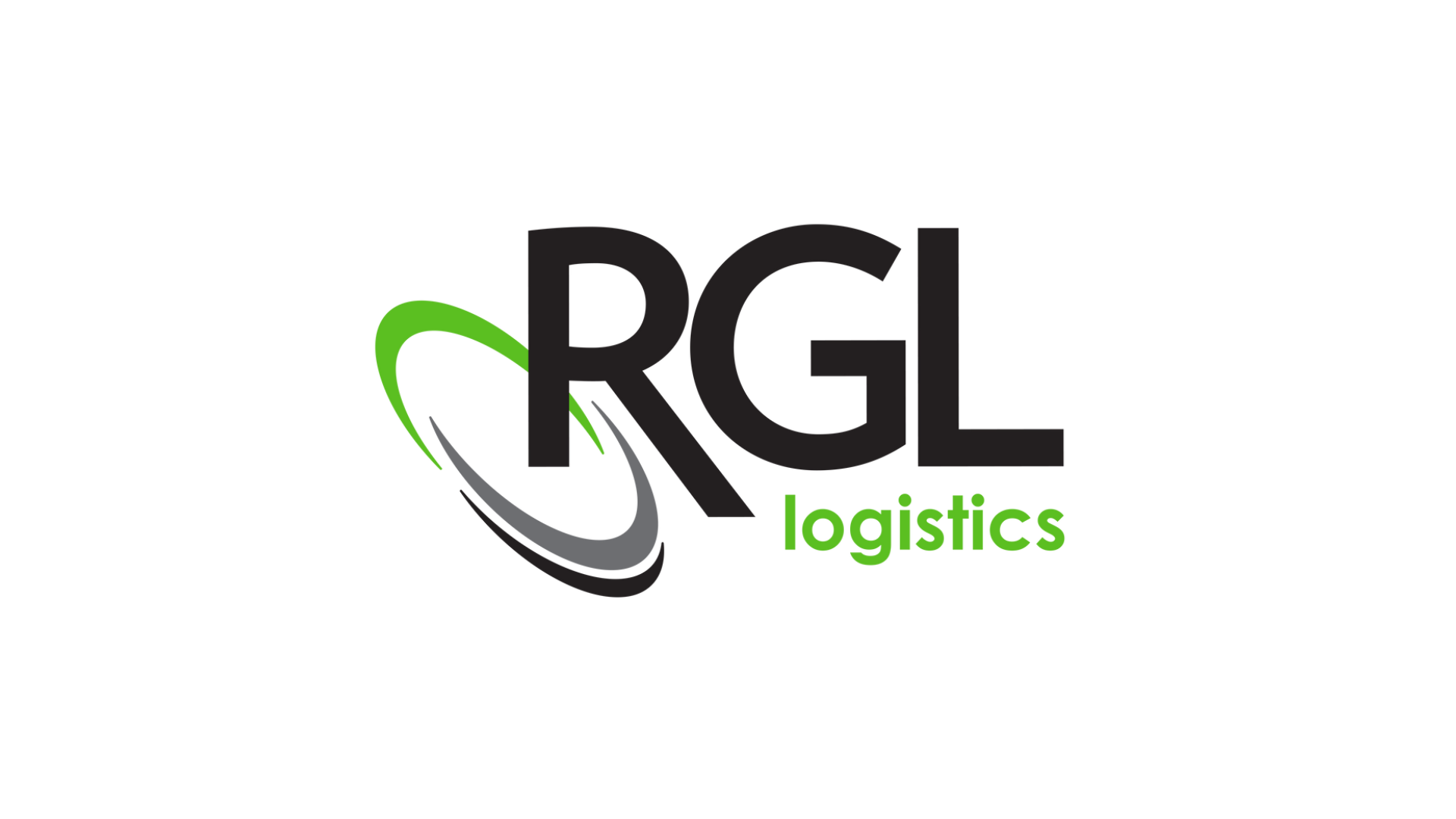
Just as top teams strategically draft players to build a winning roster, companies must take a thoughtful and structured approach to developing a high-performing supply chain.
The keys to success in both sports and logistics are scouting talent, preparing for uncertainty, executing with precision, and continuously improving. A well-built supply chain strategy ensures that businesses remain agile, competitive, and resilient in a rapidly evolving marketplace.
Scouting: Evaluating and Strengthening Your Supply Chain Team
Before teams select players, they engage in an exhaustive scouting process—analyzing skills, identifying strengths and gaps, and ensuring each pick complements the team’s strategy. Businesses should take the same approach when building a strong, reliable supply chain network.
- Finding the Right Supply Chain Partners – Just as teams carefully assess potential draft picks, businesses must evaluate suppliers, logistics providers, and technology partners. The right partnerships foster reliability, efficiency, and long-term success, while poor choices can lead to costly disruptions.
- Identifying Risks & Weaknesses – A key part of scouting is understanding where vulnerabilities exist. What are the weak points in the supply chain? Are there gaps in capacity, communication, or contingency planning? Proactively identifying and strengthening these areas builds resilience.
- Building a Dependable Team – In sports, a single injury can change the course of a season. In supply chains, overreliance on a single supplier or route can create similar vulnerabilities. Developing backup plans, diversifying vendors, and ensuring flexibility in logistics operations help maintain stability, even in unpredictable circumstances.
Game Planning: Preparing for Uncertainty
A strong draft is just the beginning. Winning teams don’t rely on talent alone—they invest heavily in game planning. The same holds true for supply chains, where forecasting, adaptability, and risk mitigation play a crucial role.
- Forecasting Demand & Supply Needs – Just as teams study their opponents, businesses must analyze market trends and consumer behavior to anticipate demand.
- Developing Contingency Plans – No game goes exactly as planned, and no supply chain is immune to disruptions. Businesses must have contingency plans in place for supply shortages, transportation delays, and unexpected demand spikes.
- Investing in Agility & Flexibility – The best teams adjust their game plan on the fly. Similarly, supply chains must be nimble—leveraging real-time data, diversifying suppliers, and maintaining adaptive logistics strategies to keep operations running smoothly.
Execution: Turning Strategy into Action
A great strategy is only as good as its execution. In both football and supply chain management, success depends on speed, precision, and teamwork. However, just as reckless play on the field can lead to costly mistakes, cutting corners in logistics can create significant risks. Therefore, efficiency and safety must always coexist.
- Efficiency in Logistics – Just as teams aim for quick, decisive plays, businesses need efficient, reliable supply chains. From warehousing to transportation, operational efficiency is key to meeting customer expectations while maintaining quality service.
- Safety as a Non-Negotiable Priority – In logistics, safety should be a guiding principle. Whether handling materials in a warehouse, operating heavy machinery, or transporting goods, a strong safety culture prevents injuries, minimizes disruptions, and protects both teammates and customers.
- Precision in Order Fulfillment – A well-executed play requires accuracy, just like a supply chain must deliver the right product to the right place at the right time. Inventory management and just-in-time logistics ensure seamless execution without compromising quality or compliance.
- Collaboration & Communication – Championship teams function as a cohesive unit. In supply chains, strong collaboration between suppliers, manufacturers, and logistics providers ensures smooth operations, rapid problem-solving, and alignment on safety protocols.
Post-Game Review: Learning from Data & Performance Metrics
After every game, teams break down film, analyze performance, and adjust their strategy. Businesses should take the same approach with their supply chain strategy—leveraging data analytics to refine their supply chain for continuous improvement.
- Tracking Key Performance Indicators (KPIs) – Just as coaches analyze player stats, businesses should monitor supply chain metrics such as order accuracy, on-time deliveries, inventory turnover, and cost efficiency.
- Identifying Areas for Improvement – Reviewing supply chain data can highlight inefficiencies, from excess transportation costs to bottlenecks in warehousing. Continuous improvement ensures long-term success.
- Adapting for Future Success – A great team evolves every season. Similarly, businesses must refine their supply chain strategy based on data insights, market changes, and emerging technologies.
Build a Championship-Level Supply Chain
The best teams don’t leave success to chance; they draft strategically, plan meticulously, execute with precision, and constantly refine their approach. Businesses that apply these same principles to supply chain management position themselves for long-term success.
At RGL, we help businesses build championship-level supply chains. Let’s draft your success plan together.
Contact us today to start optimizing your supply chain strategy.
